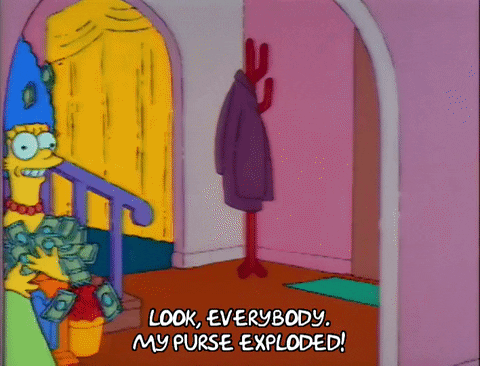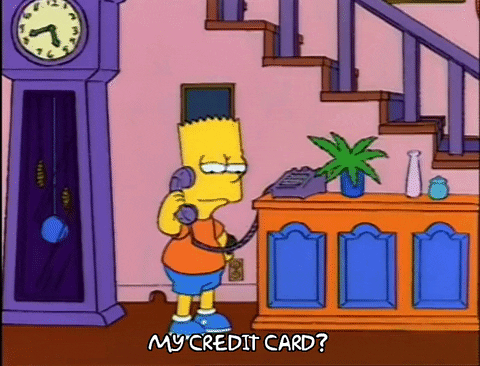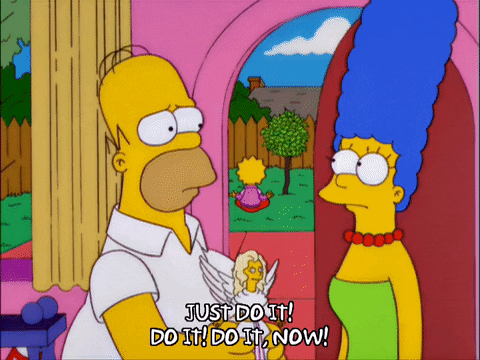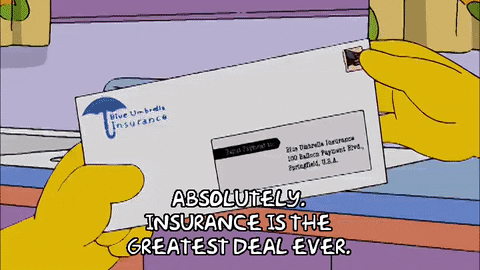Malaysians Share Their Tried-And-Tested Tips To Save Money That Actually Work
Save sikit-sikit, so that lama-lama jadi bukit!
Who doesn't want more money? Right, guys? Hehehe!
We all know that we should set aside money for savings, so that we'll have funds on hand when faced with an emergency or to keep our lifestyles going once we retire. But... that's easier said than done, kan?
From spending on necessities like rent, food, and bills to treating ourselves to fun outings and buying things we like, it can be easy for us to use up our gaji before we can even think about setting aside some for savings.
That's why we decided to ask everyday Malaysians to share their tried-and-tested tips to save money that actually work.
Here's what they said:
Note: Some names have been changed to protect the privacy of individuals.
1. "I basically downgrade everything, from groceries and daily essentials, to clothing and other wants"
"I've noticed how much I can save just by slightly downgrading my lifestyle, or being more conscious of how I shop. For instance, I steer clear of fancy groceries, and instead go to supermarkets as they offer affordable food items and other low price items.
"Instead of fish (average RM20-RM30 per piece), I eat chicken as my main protein (average RM5 per piece).
"Also, when it comes to essentials like toothpaste, shampoo, and conditioner, I just buy whichever is on sale, regardless of brand. Baju also I buy only when got discount. No discount, then put it in the basket and wait… Good things come to those who wait."
- Uzayr, 23
2. "When it comes to meat and seafood, buy frozen instead of fresh"
"Saving doesn't always mean you have to skimp on the good stuff, you just have to know where and how to get the most bang for your buck.
"For example, you can easily get frozen salmon fillets for just RM10 online. But of course, you need to do your research and find good sellers lah."
- Amira, 35
3. "I don't have time to read up on business news, so I use a robo advisor and auto debit every month"
"I used to find it very hard to set aside money every month for my savings, but now I use a 'forced savings' method to transfer out some money every month when my salary comes in. This way, the money is out of sight, out of mind.
"I also use a robo advisor app to help me invest the money I set aside. Most apps now allow you to set your risk profile, and it's just way easier instead of investing manually."
- Sein, 40
4. "Why join a gym when there are tonnes of free workout apps and videos out there?"
"There are lots of fitness apps now that are free and customisable. I also follow some social media workout influencers, who have over 100 workouts on IGTV and YouTube, which I can do in the comfort of home without paying for a gym membership.
"Also, you don't really need branded goods to workout, just make sure that your shoes are comfy and provide sufficient support."
- Clara, 22
5. "I make a spreadsheet of all my credit cards, to make sure that I get the most out of the benefits every month"
"I have a few active credit cards on hand, and I always keep a lookout for cards that offer better benefits and sign-up freebies. You have to know which type of card rewards suits your lifestyle and spending, whether it's cashback, discounts, or other perks.
"For me, I tend to prefer cashback. To maximise my cashback, I keep track of all the cards I own, and make sure I spend in each category (e.g. petrol, food, groceries, e-wallet top up) every month.
"With this method, I can get around RM40-RM50 cashback per card, per month. And all this is just based on what I would spend on a normal monthly basis."
- Kerry, 36
6. "I'm not very good with numbers and stuff, so I just make things as simple as possible for my poor brain hahaha"
"Basically, I do freelance work in addition to my full-time job. The salary from my full-time job goes into one account, and that's the account that I do all my spending from. Meanwhile, whatever I earn from my freelance work goes directly into my savings account, which I make sure not to touch at all.
"So, it's like a form of 'auto-saving' in a way, 'cause there's a constant source of money going into my savings account every month. And the best part is that I don't have to think about how much of my salary I should put aside for savings."
- Ily, 30
7. "When I go out jalan-jalan, I only bring a limited amount of cash with me and leave my cards at home"
"Yes, yes, I know this sounds super weird now when everyone's going cashless. But I find that I'm really able to save quite a bit this way.
"Whenever I go out, I set a limit of how much I want to spend during that outing, and only bring that exact amount of cash with me. So, if I say I'm only gonna spend RM50, then I bring RM50 cash je lah.
"Once it habis, that's it. I'm not allowed to spend more. And 'cause I only brought that exact amount with me and left my cards at home, I have no way to spend more and I am forced to stick to my budget."
- Azian, 31
8. "I gamify my saving process by constantly trying different money-saving challenges. It's fun!"
"I've always thought of finance-related stuff as something boring, so I found a way to make it fun. There are lots of money-saving challenges out there, and I keep trying different ones. Saving money ends up feeling like a game to me, which makes me more motivated to keep doing it 'cause I wanna 'win'!
"So far, the one I enjoyed the most was the Dice Rolling Saving Challenge, where you basically roll a pair of dice every day and whatever number you get, that's how much you have to set aside as savings.
"You save small amounts every day, but it really adds up in the end. If you wanna up the challenge, you can roll multiple pairs of dice to get bigger numbers."
- Vinothini, 38
9. "Remember that there's no 'one-size-fits-all' method for saving, you have to be open to adapting according to your current situation"
"In my case, I run my own business. During the MCO period, it was really difficult to contribute to my savings as my business was struggling and not making much profit.
"So, I decided to put aside the thought of saving for a while and focus on keeping my business afloat. I even ended up having to take money out of my retirement savings to pump into my business.
"But now that things are finally picking up again, my priority has shifted to making sure I restore the retirement savings I used, especially during the months when I earn more.
"It's important to always look at the situation you're in and adapt accordingly, rather than stubbornly stick to one method of saving."
- Tomi, 36
10. "Most people don't realise that increasing your monthly EPF contribution can help you accumulate a lot more in the long-run"
"One easy way to save for your future is by upping your monthly EPF contribution. Even if it's just by a bit, it can make a whole lot of difference down the road.
"When I first started working, I decided to talk to my HR and contribute 13% instead of the usual 11%. That, plus my employer's mandatory contribution, meant that 25% of my salary was going towards savings.
"Now, after almost 12 years of working, I have seen my EPF savings amount snowball. That's why I encourage fresh grads to make that extra 1-2% of contribution. It might be painful at the start, but it's definitely worth it.
"Even if you are a freelancer or running your own business, you can start contributing to EPF on your own. Trust me, your future self with thank you for it!"
- Abu, 33
11. "Getting insurance might be one of the best decisions you'll ever make"
"So my sister-in-law had to undergo a major surgery, which would have cost a bomb. But, thankfully, it was covered by her insurance, so she didn't feel the pinch. After that incident, it kinda got me thinking...what if I was in her shoes?
"The scary thing is I don't have insurance coverage, and I always thought I didn't need one ‘cause I’m still young. I'd much rather use the money instead to go on trips, shop, basically to enjoy myself. However, that would mean that I won't be able to cover any emergency medical expenses on my own. T_T
"So I asked around, and found out about i-Lindung from an influencer on Twitter. It’s a new insurance product under EPF, offering health coverage for emergencies and treating critical illnesses. The protection plans offered are simple to understand and affordable. And it’s just a 1-time payment for a year’s coverage, which will be deducted from my EPF Account 2. This way, I don't have to worry too much about missing my monthly payments and risk of a policy lapse."
- Ayu, 26












